Do You Know When You Are Moving, Opposing, Following, Bystanding?
By Bart M. Bailey, Consultant at Cook Ross
During a recent training I facilitated, a discussion was prompted by Sherri*, a white woman, who said the term, “bro,” felt exclusive. “This term is only used by black men and makes me uncomfortable,” she told the group.
Twenty years of research conducted by David Kantor identified four distinct kinds of actions that can be made in a conversation: move; oppose; follow, and bystand. According to Kantor’s research, by expressing her discomfort with the term “bro,” Sherri was making a move. To move is to initiate ideas and offer direction by offering your voice or opinion into the space or discussion.
Adrian, a black man, responded that the term “is one of endearment and comradery.” In doing so, he was moving, but also engaging in another style of communication: opposing. To oppose is to challenge what others say, often questioning their validity or offering a dissenting voice. He moved the rhetoric from an “us versus them” sentiment to explaining its in-group meaning.
Several participants provided examples in which they had used or heard the term,“bro,” saying the term elicited a positive feeling of familial inclusion. These participants were following. To follow is to complement others’ opinions by completing what others say, clarifying thoughts, and supporting others.
By holding the space, allowing the participants to guide the conversation, and summarizing the conversation for the group, I was bystanding. To bystand is to observe and provide perspective. Bystanders are often introverts who prefer to process a discussion more thoroughly and are very attuned to what is happening in the room.
Conversations related to diversity, equity, accessibility and inclusion could be incredibly difficult. While this conversation was positive, caring and a great learning experience for everyone in the room, these types of conversations can quickly become negative if we are not aware of how we are communicating.
Our communication styles are heavily impacted by the same experiences that shape how we see the world. Everything from our childhood, identities, value systems and past joys and traumas impact the way we communicate and interact with one another. While this can be enriching, it also can become problematic. Depending on whether we’re having a high stakes or low stakes conversation, we may believe that there is a “right way” and a “wrong way” to communicate. Am I winning or losing? Am I in power or not? These communication styles are so embedded in us, it’s unlikely that we’re taking time to think about how our style of communication may be impacting another person and vice versa. When having difficult conversations, it’s important to have a heighted awareness of Kantor’s four communication actions to ensure the conversation moves in a healthy, productive direction.
The next time you find yourself at a difficult communication point, give yourself some space to understand what you’re contributing to the conversation, and what the other person is contributing. Ask yourself a few questions:
- What, in my experience or communication preference is leading me to react in the way I am?
- What do I believe is the other person’s intent?
- What emotions are my reactions based on?
- What would help me be more intentional in my decision-making?
Remember, our perspective is just that, a perspective. Others will always bring their own perspectives to any conversation. Allow these differences to enhance the quality of your conversation, rather than degrade it. When we move from right versus wrong and blame, shame and guilt, we leave space for compassion, empathy, respect, trust and understanding. In this space, healthy conversations can occur allowing for healthy conflict, opposition, and an innovative space where employees can feel comfortable bringing their whole selves to work.
*Actual names have been changed to preserve the anonymity of training participants.
